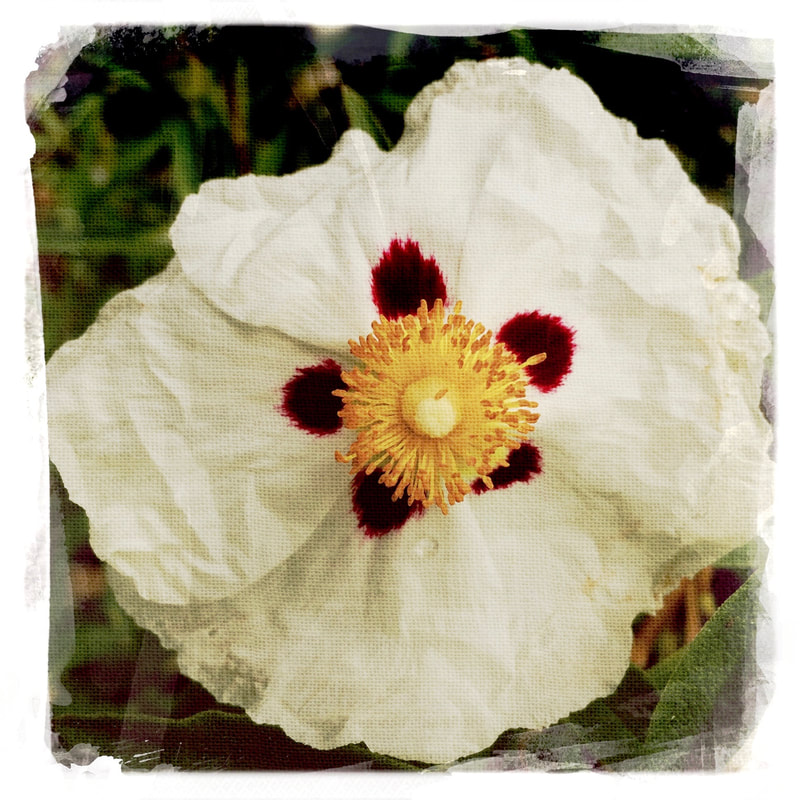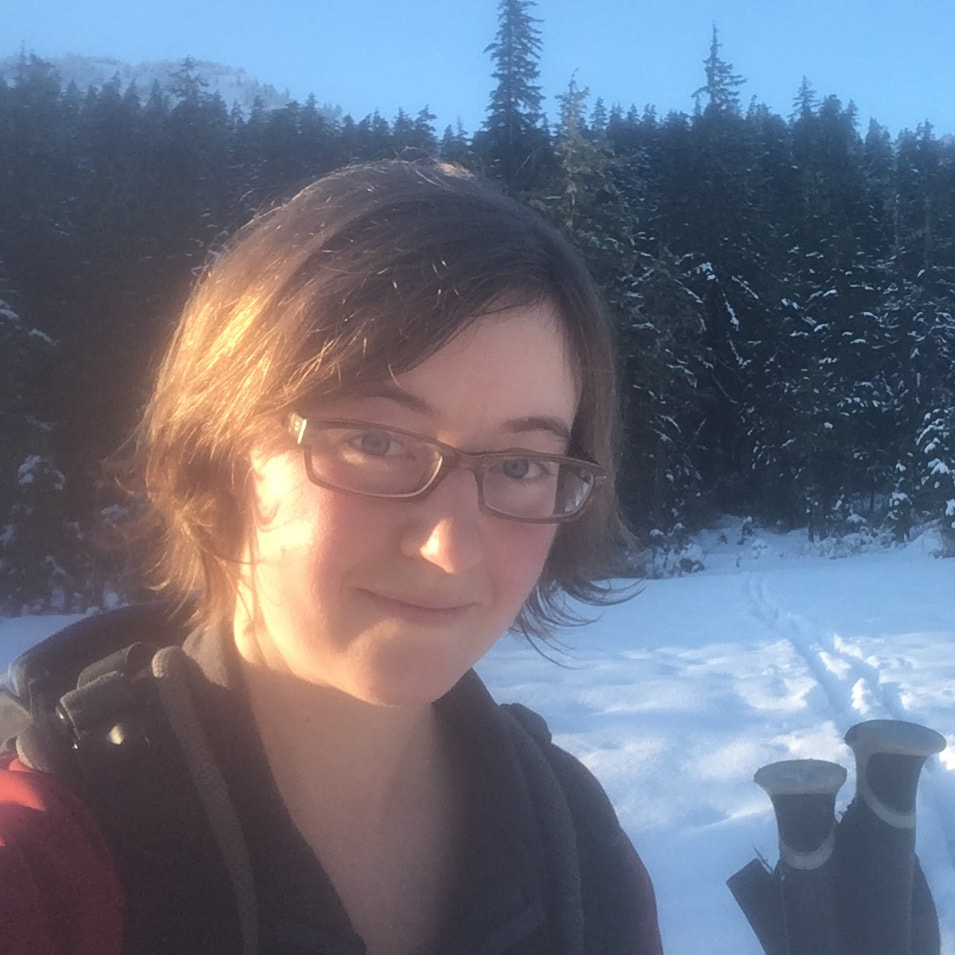ASSAY: A JOURNAL OF NONFICTION STUDIES
4.2
4.2
The MountainRecently, I streamed a sixteen-minute piece of digital nonfiction, an animated documentary, from the National Film Board of Canada website. In it I recognized the Carcross Mountain drawn in rough, shifting pencil. I leapt at this sense of recognition, and recalled the last time I drove through Carcross, Yukon: the gas station was closed that summer. Awkward, because the Carcross pump is the only one on the 110 miles of road between Whitehorse, Yukon and Skagway, Alaska. Also awkward because the hand-written note taped to the inside of the gas station window suggested no fuel alternatives, no rescue plans. I called out to the kids circling on their too-big bikes. They shrugged. I’m sure I wasn’t the only one expecting to fuel up in Carcross, forced instead to shoot for the Canada-Alaska border mostly in neutral, coasting as much as possible down the pass to Skagway.
The Carcross Mountain is remote by outside standards, but it’s a familiar feature in my part of the North. Yet while Yukoners and Southeast Alaskans may recognize the mountain depicted in Daniel Janke’s animated documentary, How People Got Fire, most other viewers won’t. Prior to the film’s credits, the place is only referred to as “the village,” and the tribe isn’t explicitly identified, either (only their relatives and neighbors are named, and even then it’s as “coast people,” with tribe and language group unnamed). Finally, the elder character is simply called Grandma Kay. But to viewers who recognize that mountain, it is clear that the village depicted is Carcross, and so the people are probably mostly inland Tlingit. And those familiar with the region’s oral histories and oral historians will understand that Grandma Kay likely represents Kittie Smith, one of the three individuals to whom we owe virtually our whole written record of the region’s oral tradition. In other words, Janke’s nonfiction film, How People Got Fire, is set in a specific place and features a specific person. But the film broadcasts the names of neither. And since the film is animated, viewers might assume its visual elements are fictional constructions, or composites at most. Why is this film so silent on the subject of place names and historic figures while retaining strict visual loyalty to the Carcross Mountain? In other words, why set the film in a specific, existing place—one eminently recognizable to insiders—without situating outsiders? A simple answer: How People Got Fire refuses to be held accountable to mainstream viewing expectations. It carves out a space in which to make meaning on its own terms.
|

